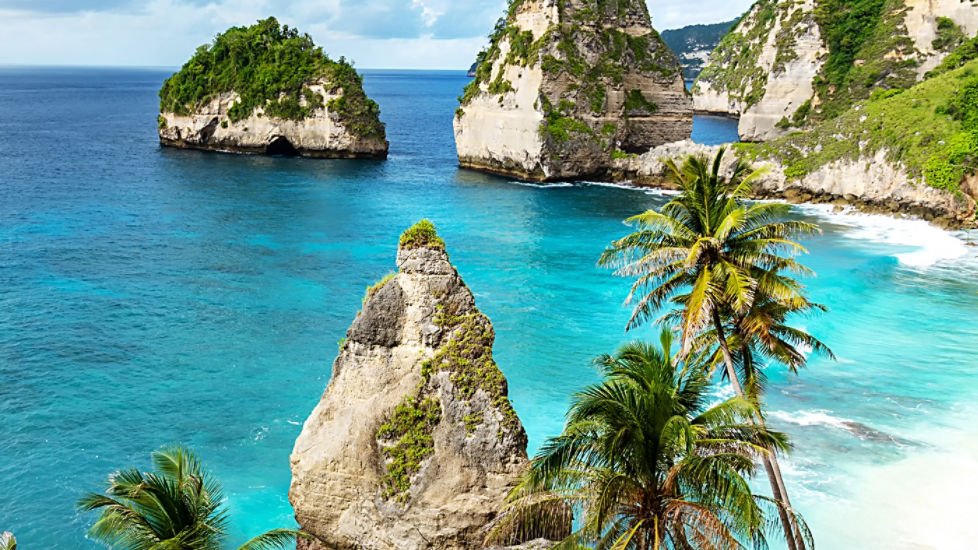What is thought to be the youngest pygmy blue whale ever seen in Australian waters has been sighted off the Ningaloo coast as researchers renewed efforts to tag the endangered species.
The calf, which scientists think is just weeks old, was photographed swimming with its feeding mother by spotter pilot Tiffany Klein from Ningaloo Aviation. Ms Klein was searching for pygmy blue whales for a research project to satellite tag the whales undertaken by the Australian Institute of Marine Science (AIMS) and the Centre for Whale Research (CWR).
AIMS lead research scientist on the project, Dr Michele Thums, said not much was known about reproduction and birth in the species.
“Looking at the size of the calf compared to its mother, it’s possible it may have been born in waters near key feeding grounds in the Perth canyon further south,” she said. “Some experts think they may give birth, or calve, soon after leaving their foraging grounds, which for this population is the Perth canyon.
“No one really knows where pygmy blue whales calve, but here in the Indian Ocean, they are thought to breed and calve at the end of their northward migration off Western Australia’s coast and in Indonesian waters. Having consulted with other experts in that region, a calf of this size is not something that’s been observed before by any of them.”
Micheline Jenner from the Centre for Whale Research, a partner on the tagging project, said: “The Centre for Whale Research has been observing pygmy blue whales in the Perth Canyon since 1999 with encounters of cows and young calves in December and January, but this neonate sighting on the northern migration is very interesting.
“Slowly but surely over the years we are placing more pieces in this pygmy blue whale puzzle.”
Ms Klein said she had also seen calves before in her offshore flights from Ningaloo, but nothing as small as this one.
“Previously, I’ve seen them later in the year, around September or October, and travelling south. These calves were about half the size of their mother, whereas this one was only about a third of the size, which is still around six to seven metres!”
Scientists from AIMS and CWR have been investigating pygmy blue whales since 2019 to build knowledge about their migratory routes and key feeding areas in Australia through the application of satellite tags and dive loggers to the whales.
Governments and industry can use this information to reduce potential threats to the whales and better manage their important habitats, especially the feeding areas.
A further six pygmy blue whales were tagged on this trip. The tags on the whales transmit data via satellite when they surface for breath, and their tracks can be followed here: Ningaloo PBW 2024 – Wildlife Computers Portal.
“Pygmy blue whales are difficult animals to tag, because they move through the water so quickly and because they only emerge for a few quick breaths before diving again for 15 to 20 minutes at a time and resurfacing,” Dr Thums explained.
“Some previous expeditions have been much less successful, because it is difficult to do this research and at a time of year where offshore sea conditions are often poor, so it is really wonderful to have tagged six on this trip, providing us with precious data on their movements.”
The AIMS research is being conducted with the support of Chevron Australia and in partnership with the Centre for Whale Research (Western Australia) Inc.








